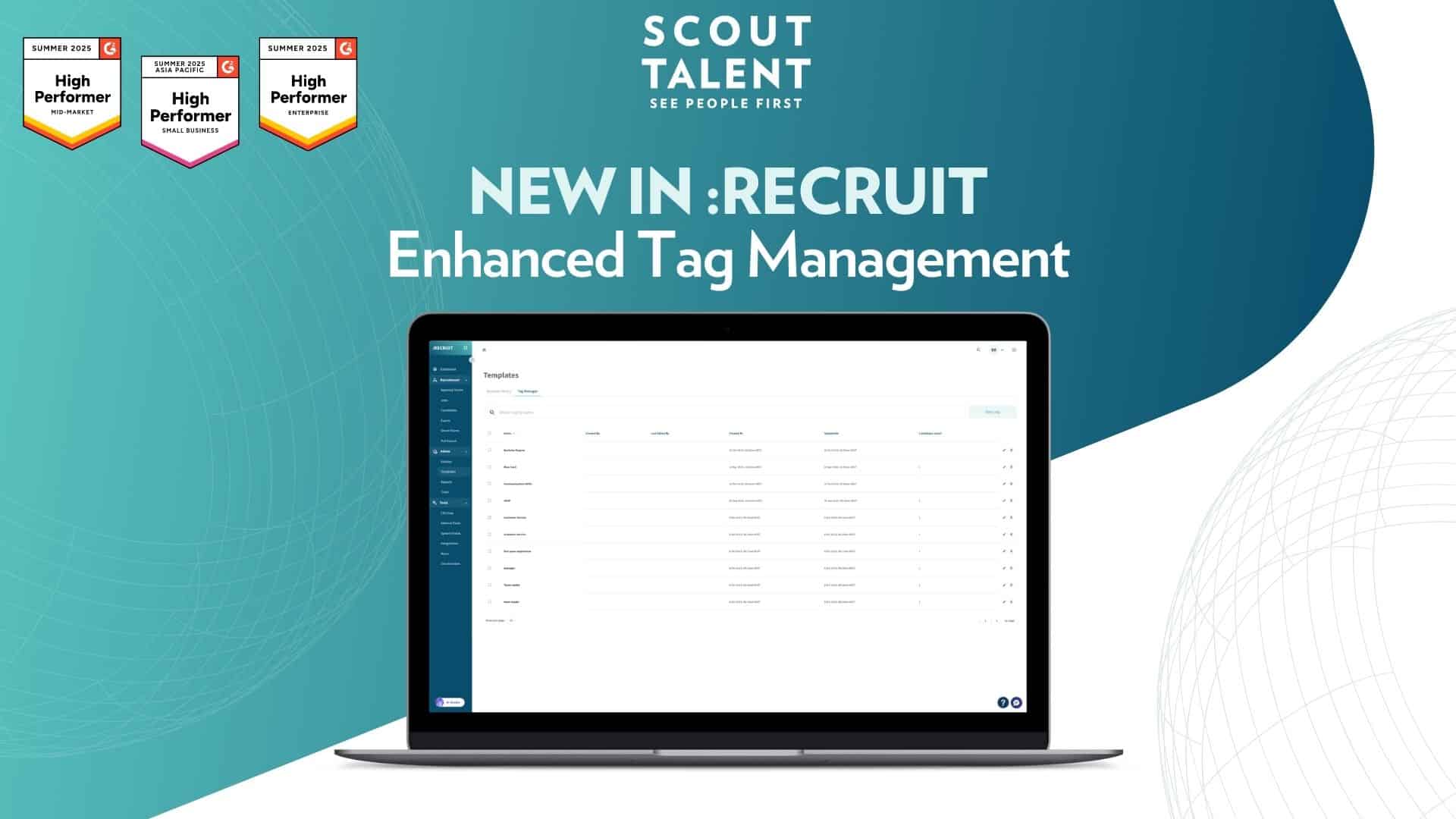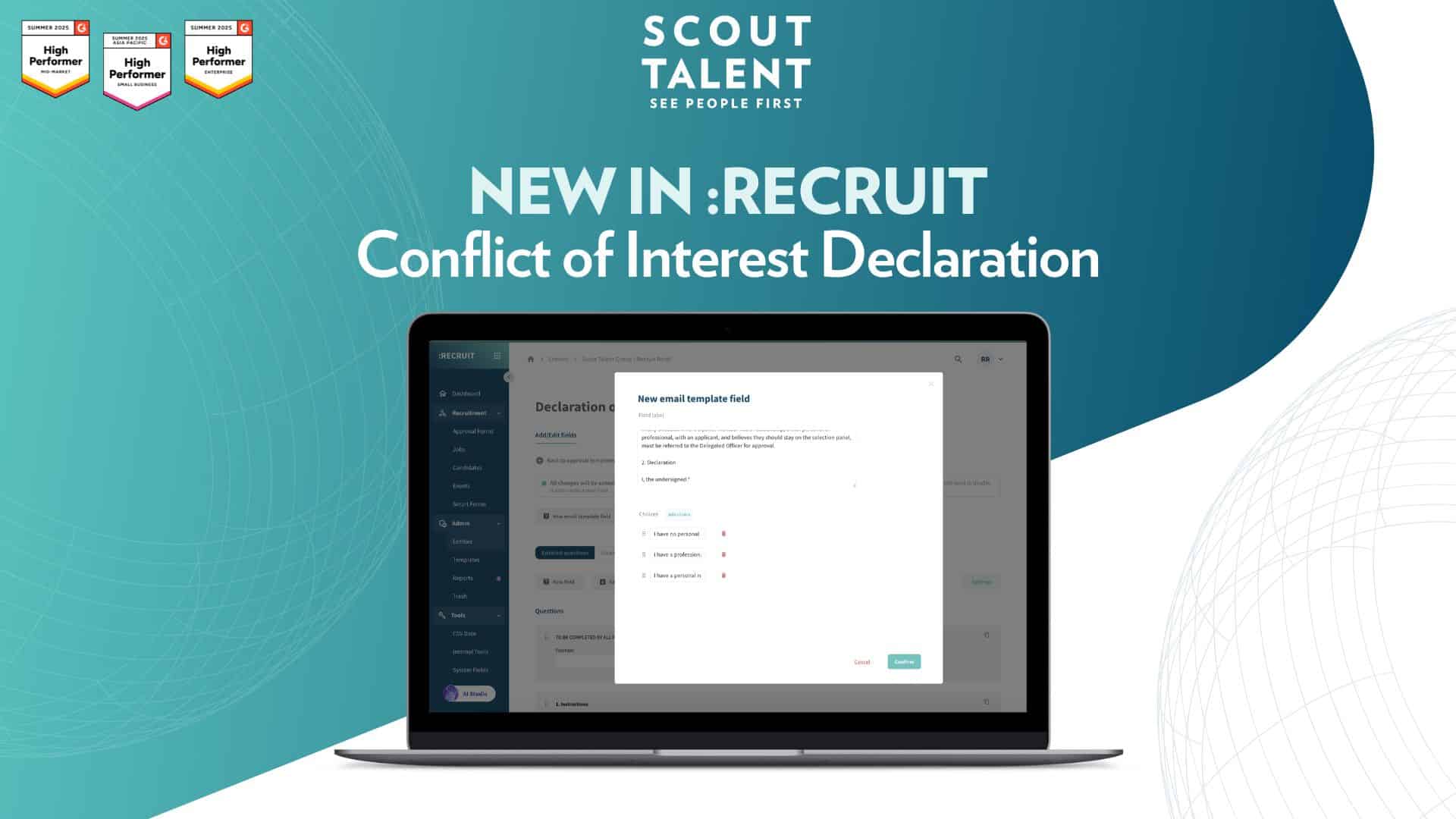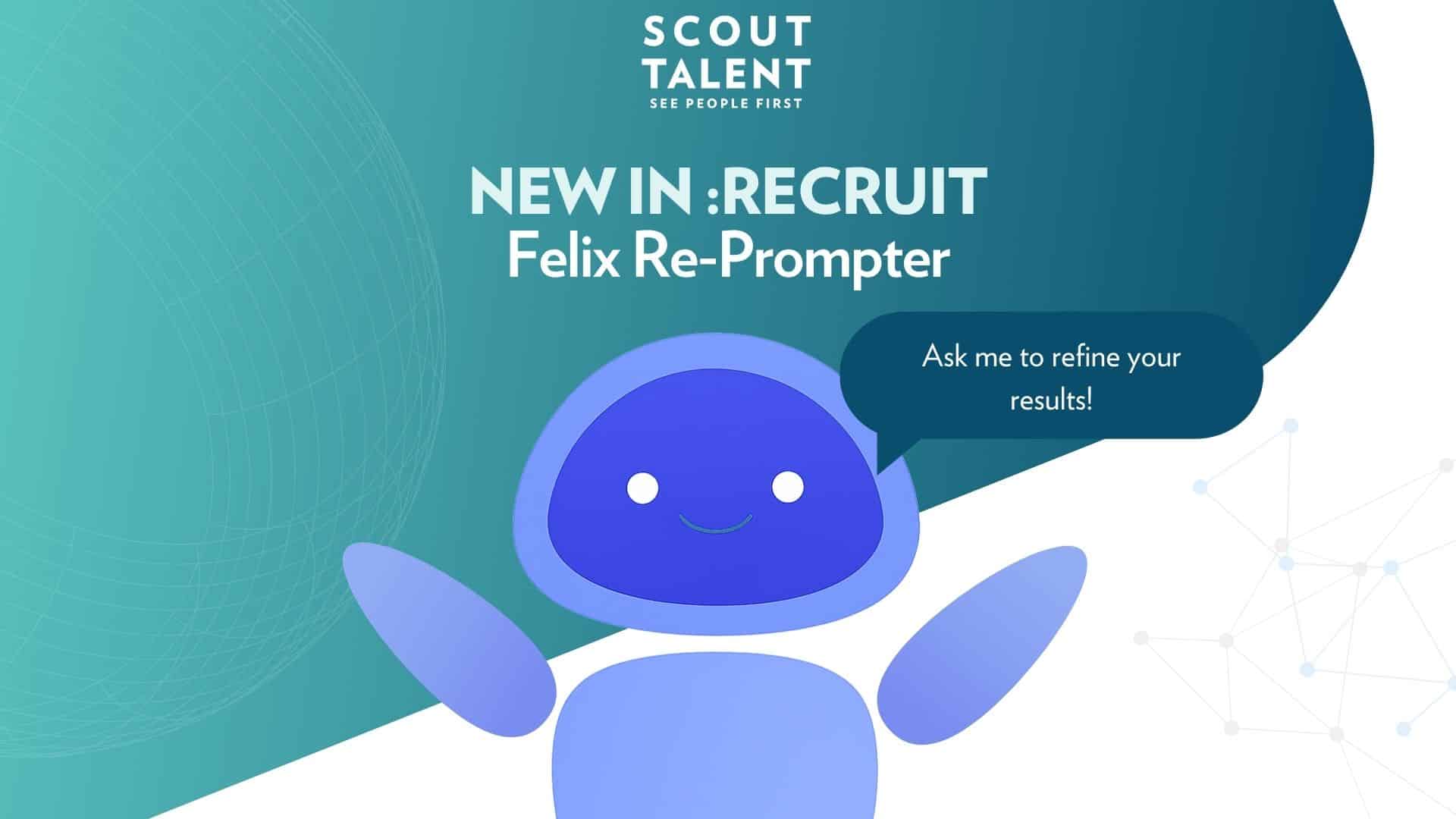Many people have the perception that with unemployment on the rise, candidate attraction is no longer important; or at the very least not as important as it once was. It took a little time to realise that this is in fact not true, and given how quickly many organisations reduced their HR, Recruitment, and Employer Branding team it is pretty clear that we are not the only ones who took some time to learn this lesson. Now, many of us are facing this new challenge: drowning in resumes and wondering why no one who actually meets our requirements is applying.
Candidate attraction matters more now than ever
The truth of the issue is that Candidate Attraction matters now more than it ever did before. Universum, an Employer Branding company, recently surveyed the talent attraction teams within over a thousand businesses worldwide that are currently recruiting and their findings underpin this point. Some of their key takeaways were:
- First and foremost, despite record-high unemployment, hiring for critical talent is expected to get harder. This is because even though more applicants are applying for your roles, the top talent that is applying has not increased, and in some cases, it may have even diminished given individuals that are currently employed are less interested in moving around right now.
- They also found that the appeal of working for startups may be losing its lustre. Bad news if you’re a start-up, but if you’re an organisation that struggled to appeal to millennials over nearby startups this may be music to your ears. Whether based in fact or not, startups are viewed as a riskier prospect by candidates in this uncertain economy.
- It’s probably not a surprise but recruiting for diversity remains a top priority. Given all of the social injustice that has been brought to the cultural conversation, this year diversity practices are going to be highly appealing to candidates. They’re going to be looking for diversity within your recruitment and within your overall organisation.
- With recession looming, employee engagement is now a key priority for employer brand leaders. We don’t need to tell you that this year has been tough for all of us. Your employees are feeling it and it’s impacting their ability to work. Though they may be afraid of change if a company with an excellent reputation makes them a good offer they may just take it. Right now, you cannot afford to lose your strongest players.
- And finally, talent marketing adaptations due to the pandemic may usher in a “new normal”. Candidates like the digital changes we’ve made to our recruitment processes; they enjoy the flexibility of video interviewing. This is likely going to be a candidate expectation going forward.
How to appeal to candidates
Hopefully, that gives you a bit of a lay of the land. Things have certainly changed when it comes to what candidates are looking for and how we go about appealing to those candidates will need to change too. Thankfully the overall principles of candidate attraction remain the same.
As always, the first step towards finding your ideal candidate is getting together with your hiring panel or stakeholders and all agreeing exactly what it is you’re looking for and why.
We say this all the time but it’s not good enough to say you’re looking for 10 year’s experience and a master’s degree and then to hit send on your job description. Why can someone with 10 years of experience do the job instead of someone with 9 years of experience? Why can someone with a master’s do the job better than someone with a bachelor’s degree? If you’re picking these qualifications because they just sound correct then you need to stop and start again. Dig into what exactly you’re looking for an make sure everyone agrees so that you don’t all have a different perception of what an ideal candidate looks like.
The next thing to do is a check-in of your Employer Brand.
If you’re in the middle of a recruitment campaign right now you probably don’t have time to do this but if you’re not, use this time to your advantage and see where you stand. Google your organisation or look at the reviews about your company on sites like Glassdoor and Indeed. If the first one is good that’s awesome, but on average candidates will scroll and read up to four reviews or articles through google. What do the first four look like? Is there a problem to be found?
If so you need to do some work to fix it because while you may be receiving tonnes of resumes when you look for someone to join your team at the moment, if you have a negative online presence associated with you I can guarantee that those excellent candidates who meet your requirements will see it and either won’t apply or will drop out of your recruitment process.
Job descriptions in 2020
Once you know where you stand and you know who you’re looking for it’s time to start working on your job description.
We know a lot of organisations have a tendency to just copy and paste their job description with a quick amendment to the responsibilities and qualifications. If you’re hiring for the exact same role every time then maybe you can get away with that. But even in that scenario, I’d urge you to read the information you’re putting out there. Is it still relevant and factual, especially with all of the changes that 2020 has produced?
If you’re not hiring the exact same sort of person every time then the copy and paste will need to go.
You need a new job description or at the very least several different job descriptions to target the sort of person you’re trying to find. For instance, when describing your company, individuals who are going to be joining your finance team might be most interested in learning about your stock figures and your growth plans while a project manager may not care much about that and instead be much more interested in learning about the sorts of projects your company is producing.
As a rule of thumb, treat your job description as a conversation between yourself and your prospective applicant. It shouldn’t be a laundry list of demands but should instead be a well-written description of your company, the role, the requirements, and the benefits that you’re offering. It also has to be said that using the sentence “Competitive Salary and Benefits” isn’t sufficient. List out your benefits and talk about why you’re the best company to work for. A benefit isn’t helping your candidate attraction efforts if no one knows about it until they join your organisation.
Advertising your role
In terms of advertising your role, the old methods still hold true. You want to have a mix of active advertising on job boards and headhunting using LinkedIn’s Recruiter License or Indeed’s Resume Searcher tool. If you can’t access those avenues due to the cost then reach out to a recruiter like ourselves who uses the tool day in and day out to work on the headhunting for you. Headhunting is more important now than ever because it’s now possibly the only way to get your role in front of those people who most meet your requirements.
We opened this episode talking about how important candidate attraction is nowadays. But I really want to hammer that point home as we conclude, a good strategy around your candidate attraction is fundamental if you’re going to weather the current climate of uncertainty and continue to grow.
The onslaught of resumes we’re all facing off against at the moment may give you an ‘ok’ hire, but an ‘ok’ hire isn’t going to drive your organisation forward and they’re certainly not going to help you adapt to any changes that might be waiting for us down the line.
Take the time now to consider how you’re going to position yourself to go after the top talent that your organisation need’s in order to continue to grow and thrive.
If you are currently struggling to attract the right candidates, reach out to us at info@scouttalent.com.au or call us on 07 3330 2595.



